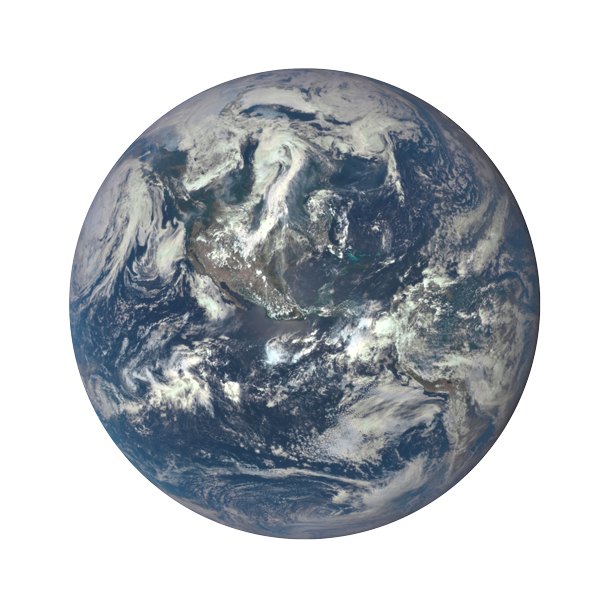Literacy Library:
Materials & Terminology
Become material-literate and resource-aware with this quick cheat sheet of materials, definitions, and certifications.
01—
Materials
Aluminum
This common metal comes from mined bauxite. Frequently used for packaging, aluminum can be recycled endlessly without losing any quality. Despite the fact that it takes 95% less energy to recycle aluminum than it does to extract and create its virgin counterpart, global economic forces reward the production of virgin aluminum. Source: World Wildlife Fund & The DielineAlgae
Algae offers much potential in the way of sustainable production for things like food, biofuel, and paper/packaging. This renewable, mostly aquatic organism grows significantly faster than terrestrial plants and requires much less land.Bagasse
Bagasse comes from sugar cane. More specifically, it’s the pulpy residue left after the juice is extracted. What’s considered biowaste can be used as a tree-free paper alternative and is, of course, compostable.Bioplastic
Bioplastic refers to any biodegradable plastic made from plants or other biological materials. Common sources include corn and sugarcane, and the most common type of bioplastic presently is PLA (polylactic acids). Bioplastics are rather complicated when it comes to sustainability. For a better understanding, check out our Composting & Bioplastics article.Cotton
Cotton is the most widespread, profitable non-food crop in the world. This versatile and ubiquitous fiber does pose environmental risks related to heavy pesticides usage, water consumption, and the conversion of natural habitats to agricultural uses. There are also significant environmental costs associated with the production of cotton fabric. Source: World Wildlife FundGlass
Glass is made from liquefied sand, soda ash, and limestone, and takes a significant amount of energy to manufacture from these raw materials. Fortunately, glass can be recycled endlessly without losing any quality.Kenaf
Kenaf is a fast-growing tropical plant that yields a fiber similar to jute. The fiber can be used for paper and packaging, among many other uses.Mycelium
Mycelium are essentially the roots of fungi or mushrooms. It has the ability to grow into a desired form and act like a living glue, making it a compelling source for new, sustainable packaging solutions.Paper
The average piece of virgin printer paper can be recycled five to seven times. Beyond that, it can still be recycled into lower-grade, paper-based materials like egg cartons or packaging inserts. Paper is most often derived from trees, but alternative tree-free papers are available. Source: National GeographicPHA
Polyhydroxyalkanoates, a plastic substitute derived from bacterial fermentation, is an increasingly popular bioplastic. It breaks down more quickly than PLA and biodegrades in waterways. Currently, PHA is more costly to produce than PLA, but that’s likely to change. Source: The DielinePLA
Polylactic acid, a plastic substitute made from fermented plant starch (often corn), is one of the most common bioplastics in the market. Bioplastics are rather complicated when it comes to sustainability. For a better understanding, check out our Composting & Bioplastics article.Plastic
Plastic is derived from nonrenewable fossil fuels, primarily from crude oil and natural gas. Plastic’s global production has doubled about every decade since 1950, and yet only 14% of all plastic packaging is recycled after use. This leaves millions of tons of plastic to escape into the environment and pollute our oceans. Source: Ellen MacArthur FoundationPET Plastic
Polyethylene terephthalate (PET) plastic, identified as #1, is widely used in consumer packaging, most commonly for beverage bottles and other single-use packaging. While it is recyclable, there’s a finite number of times it can be recycled, and virgin plastic is typically added each time to minimize degradation.Seaweed
Seaweed is becoming a relatively popular raw material for the next evolution in bioplastics, as it demands less land and water when compared to corn and sugarcane.Single-use Plastic
Single-use refers to plastics created and used for a single purpose before being tossed. This can include items like grocery bags, straws, packaging products, and more. Single-use plastic constitutes about 40% of all plastic waste. Source: National GeographicSCOBY
SCOBY (symbiotic culture of bacteria and yeast) is a living culture that is key in the fermentation process of some beverages. While still in its early stages of development, SCOBY might prove to be a viable alternative source for future bioplastics.Recycled Cotton
Recycled cotton is repurposed, post-industrial or post-consumer cotton fiber, typically considered waste. Cotton scraps from manufacturing tees, for example, can be collected and recycled to make fabric or paper.02—
